The flared part at the bottom is used for crushing and narrows down to the arched handle, forming two protrusions on either side of the cone.
This grip is decorated with an incised decoration consisting of a checkerboard of diamonds and squares.
It is likely that these marks facilitate the grip.
The general shape and its grip attest to its geographical origin, the Cook Islands archipelago.
In the local language (Cook Islands Maori) the object is called "reru", a variation of the more widely used Tahitian term "penu".
In Oceania, pestles are a tool of choice which, through the material and the finesse of execution, go beyond the simple kitchen utensil to regularly become a prestigious object, then entering into exchange networks.
Estimated dating : 19th to first third of the 20th century; it is unlikely, due to the history of contacts, whether the object is prior to the 19th century.
* Objects for comparison :
- British Museum: Oc1915,1008.4; Oc,+.2062
- Te Papa Tongarewa (NZ): FE012855
- Etnografiska Museet (Stockholm): 1887.08.1587
- Horniman Museum: 1969.301
* Bibliographic references :
- On the Cook Islands
IDIENS D. Cook Islands Art, Shire Publications, 1990.
- On pestles :
GARANGER, J., Polynesian pestles, Catalogues of the Musée de l'Homme, 1967.
ROSENTHAL, DF "Pilons of the Pacific Islands" in Tribal Art Magazine, 11 Autumn-Winter 1996."
Thanks to Nicolas CORIGLIANO - Cabinet Corail & Mana, expertise in Oceanic arts for this expertise





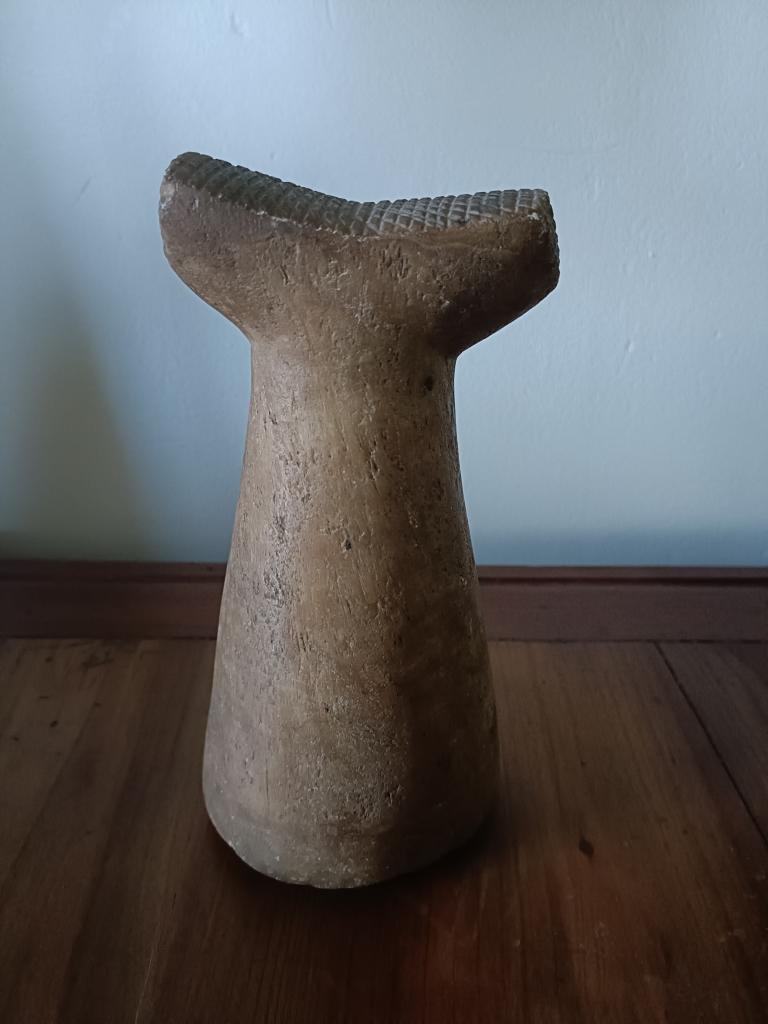









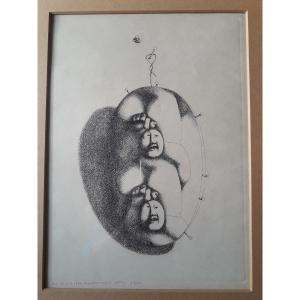
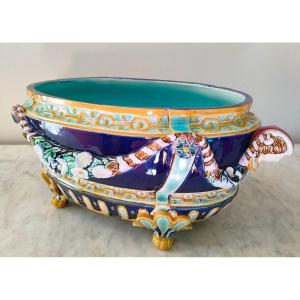
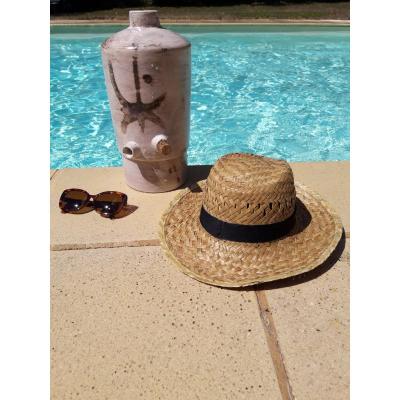


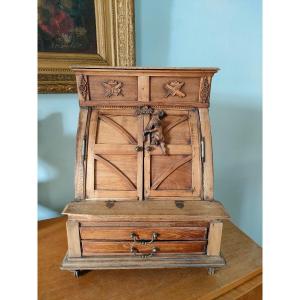

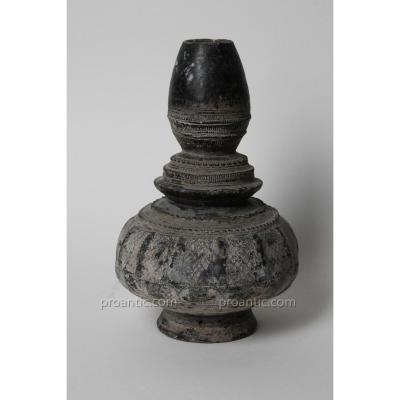



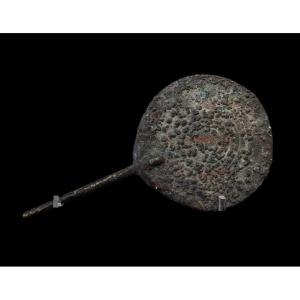



 Le Magazine de PROANTIC
Le Magazine de PROANTIC TRÉSORS Magazine
TRÉSORS Magazine Rivista Artiquariato
Rivista Artiquariato
